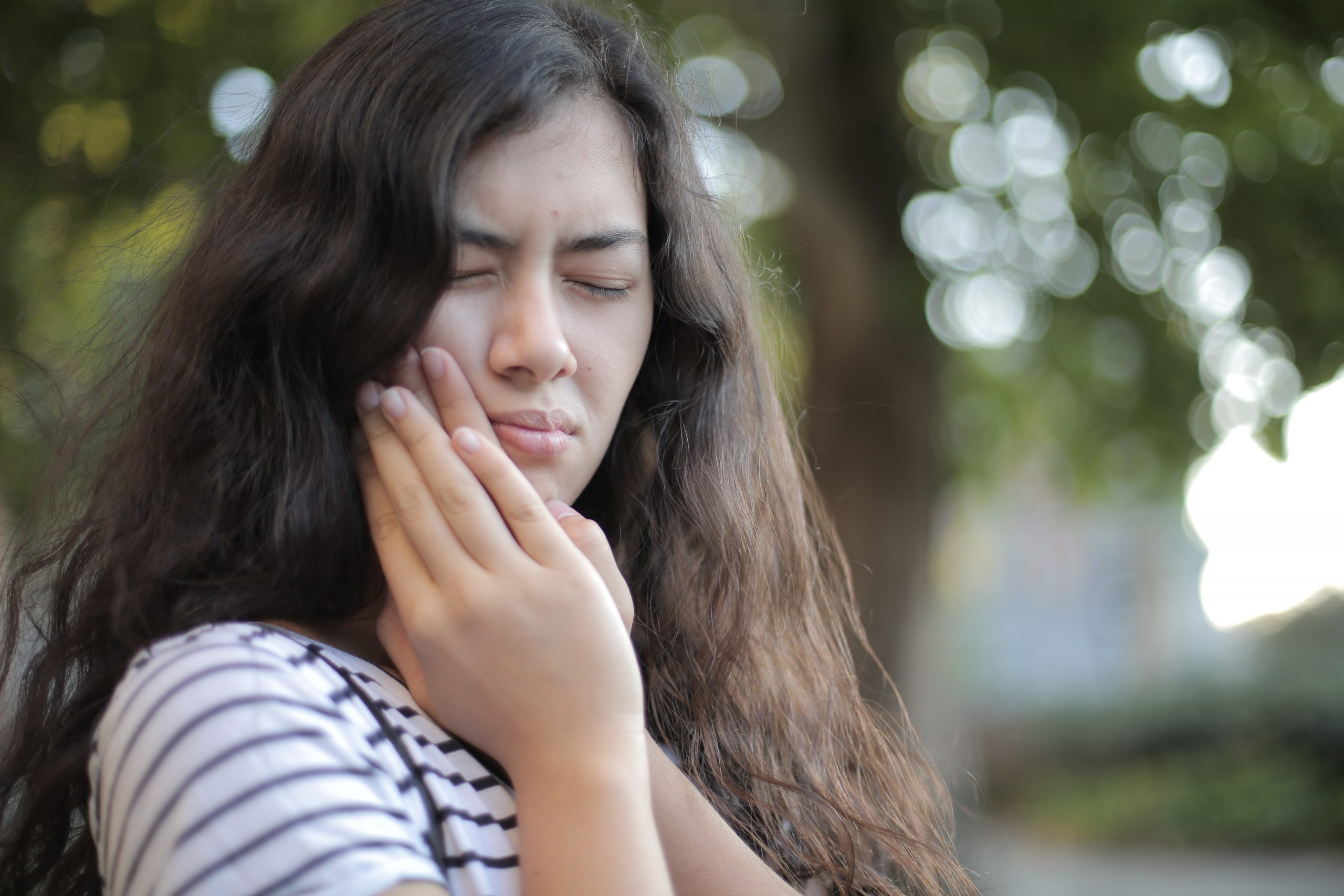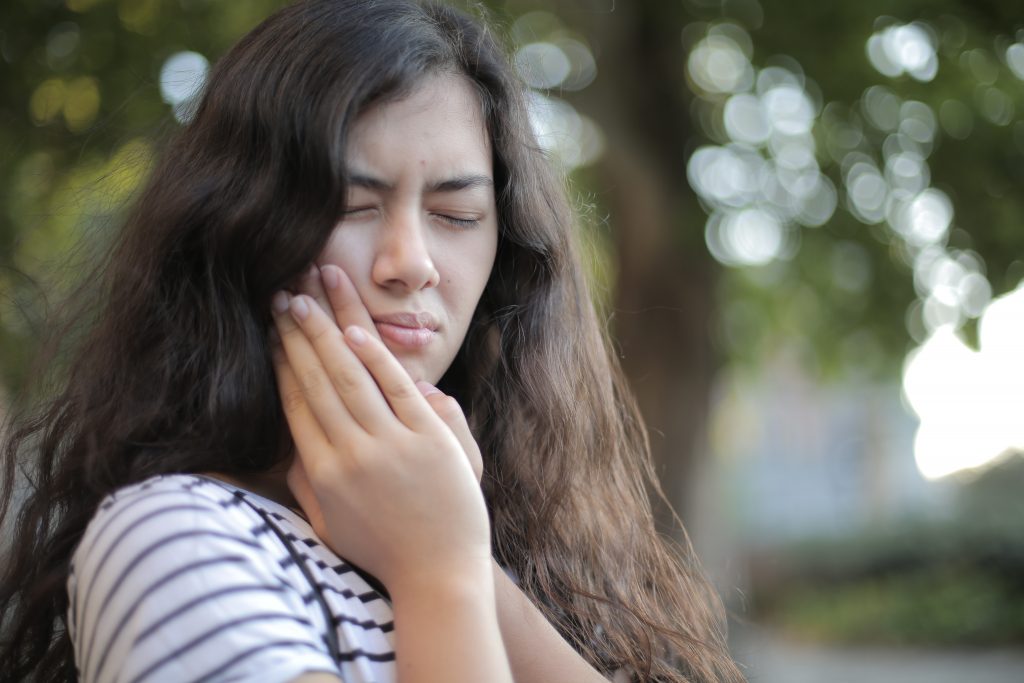TMD or temporomandibular jaw disorder is a painful condition that may be helped by manual therapies such as Chiropractic and Physiotherapy treatments.
What is the TMD?
The temporomandibular joint or TMJ, is the joint that joins your jaw bone to the rest of your skull. You can feel it just in front of your ear hole. It is held in place with muscles and ligaments which may become sore due to many reasons including poor posture, habits such as teeth grinding (bruxism) or jaw clenching, growth disorder or injury and inflammation
What are the signs and symptoms of dysfunction?
- Pain in the jaw joint or facial muscles
- Clicking / grinding / locking in the jaw
- Headaches and dizziness
- Difficulty opening and closing the mouth
- Pain when chewing on hard food or yawning
What causes jaw pain?
There is often a combination of factors which can lead to pain or symptoms:
- Overactivity of the jaw muscles – sometimes from continuous grinding of the teeth
- Trauma – a blow to either the joint or the jaw bone
- Arthritis
- Stiffness or dysfunction in the neck
- Sensitivity to stress-related pain
What are the aims of manual treatment?
- To reduce pain
- To minimise stiffness
- To restore function
- To teach management strategies
What can you do to minimise discomfort?
- Massage the muscles around the joint
- Use heat or ice for 10 minutes to reduce pain
- Exercise your jaw regularly with guidance from your practitioner
- Consult your dentist to check if you are grinding your teeth at night
- Cut up food into smaller pieces
What to avoid:
- Hard, crunchy and chewy foods such as apples or whole fruits, carrots or corn on the cob
- Chewing gum, pencils or your nails
- Opening your mouth widely – stifle yawns or use your fist to support your chin as you yawn
- Resting your mobile/telephone handset between your shoulder and ear
Posture and neck movement:
Sometimes the pain can be made worse by sitting or lying badly, holding your jaw in a bad position or by straining/craning your neck.
A stiff neck can also cause pain to be felt in the TMD. Having an awareness of correcting this posture and keeping your neck mobile and strong can help with your symptoms.
Tone has made a film explaining some exercise and stretches that can help with a painful jaw:
Jaw release: https://www.youtube.com/watch?v=G599DyJmvm8
Exercises to relax the face and jaw muscles: https://www.youtube.com/watch?v=9v2uQu2lvsk
If you have further questions, call our Reception team on 01483 527 945 to make an appointment.





